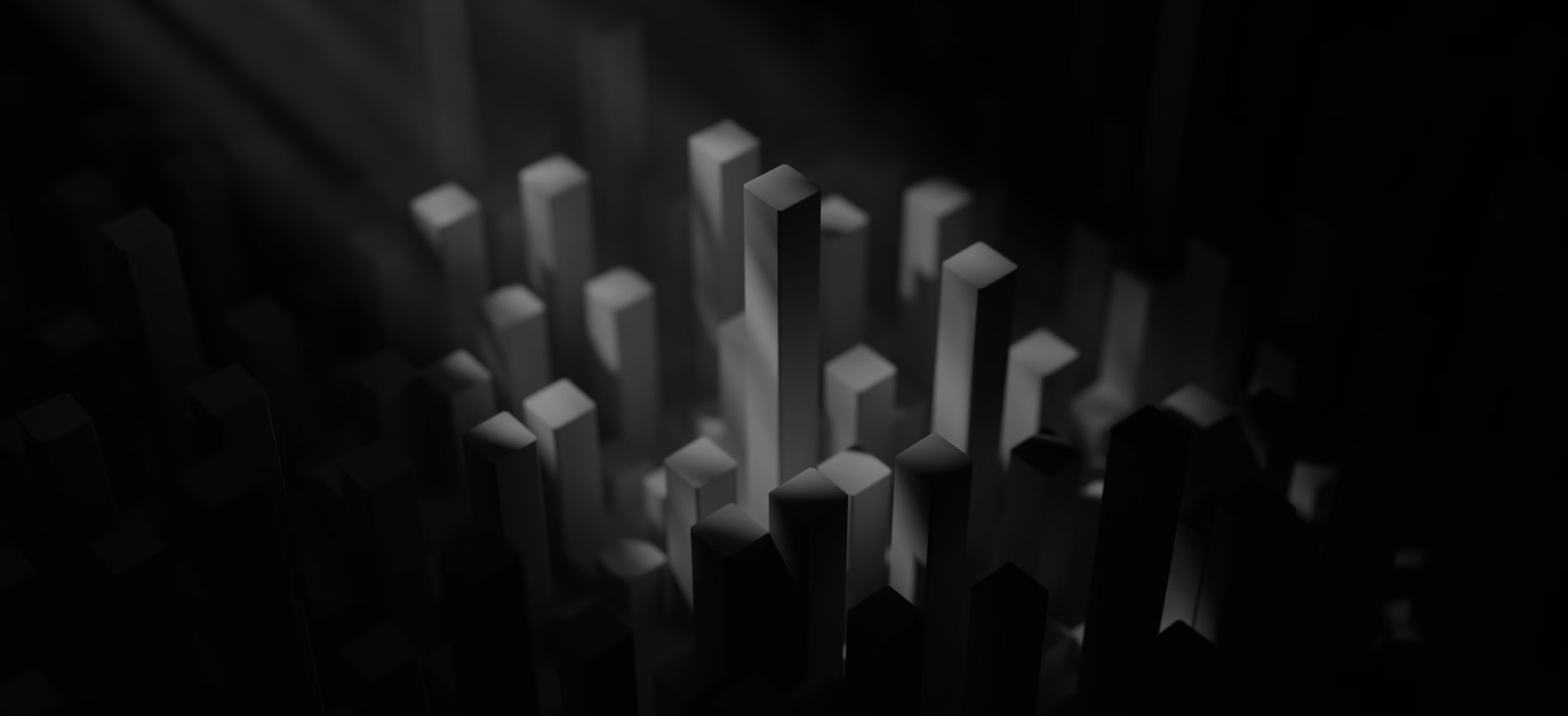
Collaboration


Collaboration Methods for WOAC Official Partners
Project
Collaboration
Partners collaboratively plan and implement artistic projects including exhibitions, festivals, and seminars.
Project collaboration is a key approach through which WOAC and its partners jointly implement artistic initiatives. This collaborative model maximizes the resources and expertise of both parties, enhancing the projects' impact and sustainability. Below are the specific details and steps for effective project collaboration:
Project Types: WOAC and its partners have various options of projects types, including:
Exhibition: Curating exhibitions that showcase artworks, focusing on emerging artists or specific themes.
Art Festival: Organizing art festivals that encompass diverse art disciplines, including music, dance and visual art, to attract a broad audience.
Art Competition: Art competition is a vital initiative collaboratively curated and executed by WOAC and its partners. The competition aims to encourage creativity, identify emerging artists, and enhance public awareness and engagement in the arts.
Art Activities: Conducting art initiatives that engage local communities, including community murals and public installations, to enhance the local cultural atmosphere and foster a sense of belonging.
Selection Criteria: Projects must align with the mission of WOAC, demonstrate both social value and cultural significance, and possess the potential to attract public attention and engagement.
Direct Collaboration
In this model, WOAC enters into a formal agreement with its partners, with both parties jointly responsible for project planning and implementation. This model typically involves detailed project plans outlining timelines, budgets, and resource allocation. Partners are expected to hold regular meetings to exchange information about project progress and any potential issues, ensuring the project proceeds as planned. This model emphasizes close cooperation and shared responsibility, enhancing the efficiency of project execution.
Sponsorship
The sponsorship involves support from businesses and organizations that provide funding, equipment, or other resources to assist specific art projects. WOAC is responsible for the detailed planning and execution of the project, while sponsors benefit from brand exposure and promotional opportunities. Sponsorship agreements usually specify the funding details and requirements, as well as the benefits for sponsors. This model can ensure the necessary financial support for art projects, and enhance the connection between sponsors and public as well.
Resource Sharing
This collaboration refers to resource sharing between WOAC and its partners, encompassing venues, equipment, and other relevant assets. For example, an art organization may provide exhibition space while WOAC is responsible for project organization and planning. This partnership allows all parties to optimize resource utilization and avoid duplicate investments. Prior to the commencement, partners engaged should collaboratively negotiate the terms of resource usage to ensure effective management and maintenance.
Co-hosting Collaboration
Under the co-hosting model, multiple institutions and organizations collaboratively organize a large-scale art event, such as a festival or exhibition. This approach typically necessitates joint negotiations among all parties, to formulate a detailed plan of activities and division of responsibilities. Each partner undertakes specific project components based on their advantages and resources, which may include promotion, invitations, or operations. This co-hosting model effectively integrates resources from multiple parties, thereby enhancing the overall impact of the event.
Network Collaboration
This model aims to establish a collaborative network composed of various art institutions, educational organizations, businesses, and government departments, which can promote information sharing and resource complementarity. WOAC serves as a coordinator, regularly organizing meetings and exchange activities to foster cooperation and connections among all parties. Network collaboration can enhance the collective capacity of all participants in the arts, promoting mutual development and shared success.
Volunteering
In this initiative, WOAC engages volunteers to participate in the project implementation. Volunteers, who come from diverse backgrounds, contribute their creativity, support, and manpower to specific projects. WOAC will be responsible for training and managing these volunteers, ensuring their effective involvement in projects while cultivating public interest and appreciation for the arts.
Cross-border Cooperation
The Cross-border Cooperation refers to collaboration between WOAC and institutions from non-artistic sectors, such as technology companies, environmental organizations, to explore innovative interactions across various fields. This model encourages both parties to share their expertise and resources, driving groundbreaking artistic creations and expressions. Throughout project planning process, all parties must clearly define shared goals and expected outcomes to ensure the effective cooperation, ultimately promoting diversity and inclusiveness in the arts.
Project
Implementation
Project Planning
In the initial stage of projects, the World Olymp’Arts Council (WOAC) establishes clear and specific objectives, including artistic expression, audience engagement, and social impact, providing a definitive direction for subsequent implementation. The selection of relevant themes is guided by societal trends and cultural interests, aimed at inspiring creativity and attracting audience attention.
Partner Selection
WOAC identifies suitable partners based on project requirements, including artists, educational institutions, businesses, and community organizations. Trust is built through meetings and discussions, ensuring close collaboration during the process of projects to achieve shared goals.
Resource Allocation
Developing a detailed project budget is crucial. WOAC outlines specific funding sources, expenditure items, and estimated costs. Timely provision of necessary resources—such as venues, equipment, and human support—is ensured through a resource management mechanism that optimizes resource utilization.
Future
Development
Ongoing Collaboration
Building on the success and experiences of the project, partners can explore future collaboration opportunities, establishing long-term relationships.
Long-term Partnership
Consideration is given to creating annual or Long-term collaboration agreements to continuously advance and innovate in arts projects.
Promotion of Outcomes
Project outcomes will be promoted through media and social networks, enhancing the visibility and influence of all participants.
Showcase Platform
WOAC will provide a platform to showcase project outcomes, encouraging public engagement and participation in future artistic activities.
Resource Sharing
Art resource sharing is one of the key strategies for WOAC to promote official collaboration. The strategy aims to optimize resource use, ultimately enhancing the efficiency and impact of artistic activities.
Establishing a Resource Sharing Platform
WOAC is dedicated to establishing a centralized resource-sharing platform for partners, artists, and institutions. This platform will compile information on venues, equipment, materials, and human resources, facilitating easy access for participants to the resources they need, and ensuring smooth project implementation.
Venue Sharing
WOAC encourages art institutions and community organizations to open exhibition spaces, studios, and event venues for artistic projects. This venue sharing not only reduces costs but also provides diverse artistic groups with opportunities for showcasing their work and fostering interaction, thereby promoting artistic diversity.
Equipment and Materials Sharing
Through the resource-sharing platform, WOAC facilitates the exchange of artistic equipment and materials. Items such as art supplies, sound equipment, and exhibition setups can be shared among various projects. This approach lowers financial burdens and improves resource efficiency.
Human Resource Sharing
WOAC enhances project execution capabilities by sharing expert professionals—such as curators, artists, art educators, and volunteers—with partners. This exchange of human resources ensures efficient project execution and offers diverse professional support.
Knowledge and Experience Sharing
WOAC advocates for the sharing of knowledge and experience within the arts community. Through organizing regular workshops and exchange events, we aim to foster interaction and collaboration among artists and institutions. Such exchanges can enhance the professional skills of participants, and spark new creative inspiration as well.
Talent Exchange
WOAC aims to enhance participant’s skills and broaden their perspectives through professional training and artist exchange programs.
International Artist Residency Program
WOAC collaborates with art institutions worldwide to establish international artist residency program, providing artists with dedicated space and time for creation. These programs not only offer artists a platform to showcase their personal styles but also promote exchange and understanding among diverse cultural backgrounds.
Talent Recommendation and Exchange
WOAC partners with art schools, galleries, and cultural institutions to create a talent recommendation mechanism. Through these networks, WOAC can recommend outstanding artists, both emerging and renowned, to participate in international exhibitions, competitions, and other artistic activities, thereby enhancing their career development opportunities.
Collaboration between Artists and Educators
WOAC encourages collaboration between artists and educators by organizing workshops, lectures, and exchange activities. These events can provide students with direct artistic guidance but offer artists opportunities to teach and showcase their work as well.
Cross-border Exchange Program
WOAC advocates for collaboration between artists and professionals from various fields such as technology, business, and social sciences. By organizing joint projects, artists can gain new perspectives and inspiration, promoting diversity and innovation in their creative processes.
Online Exchange Platform
WOAC has established an online exchange platform to facilitate remote interactions between artists and professionals. This platform will provide opportunities for resource sharing, experience exchange, and project collaboration, strengthening connections and cooperation within the global art community.
Exhibition and Showcase Opportunities
WOAC regularly organizes art exhibitions and showcase events specifically for those artists who participate in exchange programs. These exhibitions will provide exposure opportunities for artists, and attract a broader audience to follow emerging artworks.
Guidelines
Application Process
Partners who apply for collaboration must submit a written application, including a project plan, budget, and expected outcomes.
A. Partner Qualifications
All institutions and individuals wishing to collaborate with WOAC must meet the eligibility criteria set by WOAC, which includes a professional background, relevant experience, and a strong reputation in the arts. Partners are required to provide supporting documentation.
B. Signing of the Agreement
Prior to the collaboration, all parties must jointly sign a formal agreement specifically outlining project objectives, resource allocation, timelines, and the respective responsibilities and rights of each party.
C. Resource Sharing
Partners are expected to actively participate in resource sharing, including support in terms of human, materials, and finances. Each party should provide the necessary resources promptly and maintain transparent records of resource usage to ensure the project's effectiveness and sustainability.
D. Project Execution and Management
Each partner must actively engage in the implementation and management of the project as stipulated in the agreement. Regular progress meetings should be held timely to ensure all parties are well-informed about the project schedule and any possible issues, allowing for collaborative problem-solving.
E. Intellectual Property Protection
All originality, works, and intellectual property generated during the collaboration shall be assigned and protected according to the terms outlined in the agreement. Each party must respect the intellectual property rights of the others and may not use them without authorization.
F. Financial Transparency
All use of funds related to collaborative projects must adhere to the principle of transparency. Each party is required to submit regular financial reports to ensure that funds are used appropriately in accordance with the regulations and standards of WOAC.
Collaboration Standards
Professional Qualifications
Partners must possess relevant professional qualifications and experience in fields such as artistic creation, curation, and arts education. Applicants are required to provide certification and documentation to ensure their professionalism and credibility in their respective areas.
Project Experience
Partners should have a proven track record of successfully implementing similar projects, including exhibitions, artistic activities, or educational programs. Submitting case studies or outcome reports from previous projects will aid in evaluating their capabilities.
Resource Capability
Partners must have sufficient resources (including human, material, and financial) to support the smooth implementation of the project. Specific requirements include providing relevant facilities, equipment, and necessary human resources support.
Transparency and Compliance
Partners should adhere to the principle of financial transparency. Additionally, they must comply with relevant laws, regulations, and industry standards to ensure project compliance.
Social Responsibility
Partners should demonstrate a strong sense of social responsibility and a commitment to activities that promote art accessibility and educational equity, thereby fostering the positive impact of art on society and the public.
Sustainability Capacity
Partners must possess the capacity for sustainable development, enabling them to conduct self-assessments and improvements throughout the project process, adapt to changes and challenges, and ensure the sustainability of projects.
Types
of Partners
Art Institutions
Museums, galleries, cultural centers, and arts groups.
Educational Institutions
Universities, vocational training institutions, and art colleges.
Governmental Agencies
Local and national government departments related to culture, education, and the arts.
Corporations
Business, sponsorship, and commercial partners involved in culture and the arts.
International Organizations
Transnational art institutions, cultural exchange organizations, and non-governmental organizations (NGOs).
Contact Us
contact@olymparts.org
© Copyright 1995-2025. All rights reserved.

